0 Comments
Background:
- Bachelors at the School of Visual Arts in New York (photograpy) - MFA in film making Film making: - documentary photographer - documentary film RAISING APPALACHIA - mountain top strip mining Short films: - organizing shots in a poetic way, focus is on the feelings being evoked - COLOR, FORM, POETRY When watching the films that Freyer made I thought it was interesting that the main focus was not on telling a story, but on evoking a feeling. For me this is a difficult idea to grasp because as I am painting and drawing something I am constantly making up stories for each aspect even if I do not tell any one it. I think that is why I found abstract art so be unfulfilling. Never the less her work definatly generated an emotion. I also was interested in the extream differences that were present in the films she made. The art of Michelle Basic Hendry speaks to me because of her focus on dilapidated and decaying buildings, which is where I started out when I began drawing seriously. I appreciate her focus on the exaggerated composition and overall style that keeps the paintings from being photo realistic, but still making them have a high level of realism. In order to get her art seen in galleries, Hendry developed relationships with a handful of galleries and organizations and had repeat exhibitions with them. Although she does not have a wide range of galleries supporting her work, the ones that do helped Hendry get opportunities and allowed her name to grow overtime.
While I do understand how social practice art comes from a good place and is intended to help different communities, but I find when reading the articles there is a note of hypocrasy and condescention in this art form. The articles also bring to attention the fact that there are more useful and helpful ways that the funding can provide for the community rather than what appears to be using the community to prove a point. Nevertheless the readings left me with a few questions: Are these artists coming from a place of hypocrasy and condescention? Are there better ways to help communities in need? Are these projects art or simply activism?
Addressing the first question, Are these artists coming from a place of hypocrasy and condescention? I would say that the artists may not intend the art to be so but it certaintly comes off that way. For example, the Gramschi Monument, while providing a place for community, was based around a Marxist political theorist. The community that he was serving, most likely had no idea who Gramschi is. By making this project to help the community based off of someone they know nothing about, to me at least seems condescending, and it would have been more meaningful if the monument was based off of someone important to the community or had something to do with the project like a community activist. The issue of whether the communities could be served better was addressed by the articles in many ways. At one point the article states "As agents of change, social-practice projects can seem wanting: the scale is often small, the works are temporary, and success may depend on the charisma of a single artist." (How the Art of Social Practice is Changing the World, One Row House at a Time). I think that this points to one of the major issues with social practice art, it usually gives temporary change and have little far reaching effects. Another issue that was brought up was “What if instead of building the Gramsci Monument, Hirschhorn had proposed building the Gramsci Charter School? . . . Far-fetched, I know, but one of the many possible projects that might have resulted in a deeper collaboration between Hirschhorn and the residents of the Forest Houses" (How the Art of Social Practice is Changing the World, One Row House at a Time). I have to agree that sometimes there are better ways to help the effected community, that involves them and provides lasting change. One idea inadvertantly brought up by the second article inadvertantly came from this quote: "In Detroit a contemporary-art museum is completing a monument to an influential artist that will not feature his work but will instead provide food, haircuts, education programs and other social services to the general public" (Outside the Citadel). Here the project while sounding helpful and impactful for the community, it does not sound like art. Rather it sounds like a project by a local group or church to help the community. What about this project was art? From the way I see it there is nothing inherently artistic or creative about this project. It is a kind action, but I would not say it is art. I am on my third attempt of this project and have found the method I will be using for the final project. I first tried to carve the apple into the shape of a brain - this did not work well. After some more research I decided to cut into the side and that seemed to work on my scrap apple. I also have drawn out the overall layout for the pictures I will be taking over time.
For this connect post I read “Monuments for a New Era” and “States Are Using Preservation Laws to Block the Removal of Confederate Monuments.” One major theme that both articles point out is the issue with Confederate Monuments, which they then take to a local level for public opinion. From the people interviewed and the situations brought up in the article it appears that the only people who want the monuments to stay exactly the way they are are those from the “Unite the Right” rally and conservative politicians.
In “Monuments for a New Era” even people who thought the monuments should stay up, wanted some more context added to them. I think the primary issues with these statues is that they are labelled monuments and put up on a pedestal. One of the people interviewed in this article, Kenya Robinson, made the argument that “like textbooks that rename Transatlantic human trafficking the ‘Triangular Trade,” renaming monuments would take away from the struggle for equality. However, I think it does the opposite. By calling the statues monuments it is saying that the city, state, or country holds that person and what they fought for up in high regard. Using a word like memorial to describe it, which has the connotation of death and struggle, would emphasise rather than detract from the fight for racial equality. A major issue in this whole debate, is that even when communities come to a consensus about what to do with the monuments, in many cases replace them, they are blocked by the legislature. According to “States Are Using Preservation Laws to Block the Removal of Confederate Monuments,” in Alabama, an extremely conservative state, the community decided they wanted to replace a statue that was hit by a car. However, the state legislature, right after this decision was made, passed a law that prevented statues older than forty years from being replaced. In my opinion this lack of consideration for constituents by the politicians representing them is disheartening. I can understand a divided town leaving them up, but when the town has made the decision it goes against the public will to pass laws solely for the reason to block the decision. In all honesty if a state or district wants to preserve the public art when the public is against it they should give it to a museum that can use it as a learning tool as opposed to ignoring the people. In reading the articles, “Art on the Firing Line” by Grace Glueck and “The Art of Controversy,” a transcript, a common theme among them is censorship of art by public figures. While “The Art of Controversy” demonstrates a museum fighting back against public figures dictating exhibits and “Art on the Firing Line” focusses on an instance where a museum took preemptive steps they both warn of the dangers of allowing this to happen. This is a difficult issue, because there are important points to both sides of the argument, but I stand with the idea that politicians should not dictate what art can or cannot be shown. An important point made in “Art on the Firing Line” was “would anyone argue that the hideous, even depraved imagery of Goya's ''black'' paintings - the most famous of which shows an act of cannibalism - not be exhibited in a museum?” (Glueck 6), which leads to the point that the main anger behind the Mapplethorp and “Sensation” exhibit were religiously based. In the Sensation exhibit, Rudolf Giuliani found no issues with any of the pieces except for the one he deemed “anti catholic” (Art of Controversy 1). He clearly did not draw the moral line at decapitated animals or other things that are generally considered grotesque, but he found issue only with something that insulted his religion. In the Mapplethorp exhibit, one of the proponents for taking it down described it as “blasphemous” (Glueck 1) again drawing the connection to religion. Considering that this country was founded on the separation of church and state, the fact that the government can decide to pull funding based on religion is concerning. In terms of the censorship, or political dislike, being on religiously charged pieces, there appears to be a battle of morals especially in the transcript. Giuliani described the painting as “horrible and awful” (Art of Controversy 1) and went on to say that he believed “opposing this is the right thing” (Art of Controversy 1). He clearly argues that this attack on his religion is a moral issue and that his morals dictate that he can not let it stand. At the same time the lawyer for the museum stated “the museum is paying very dearly for holding to its principles” (Art of Controversy 4). The question that can be draw from here is whose morals or principles are more important? That of the museum? The mayor? In my opinion neither the museum’s or the mayor's morals should be most considered when deciding to put up a piece. In the second article there is a particularly interesting quote that says “To pre-empt the public's chance to make its own judgments - ironically the very public whose tax dollars helped finance the show is … an insult to that public's intelligence'' (Glueck 7). I do not think the art should be put up or taken down due to the perceived opinion of the public, but that the public should be free to see it and like or dislike it as they please. In the end viewing art is not about seeing something pretty. It is about having a reaction to the visual representation of an artist’s emotions, and even if they hate the art, the viewer has learned something new about themselves and about the artist by seeing the work. Main questions:
|
Mia
|
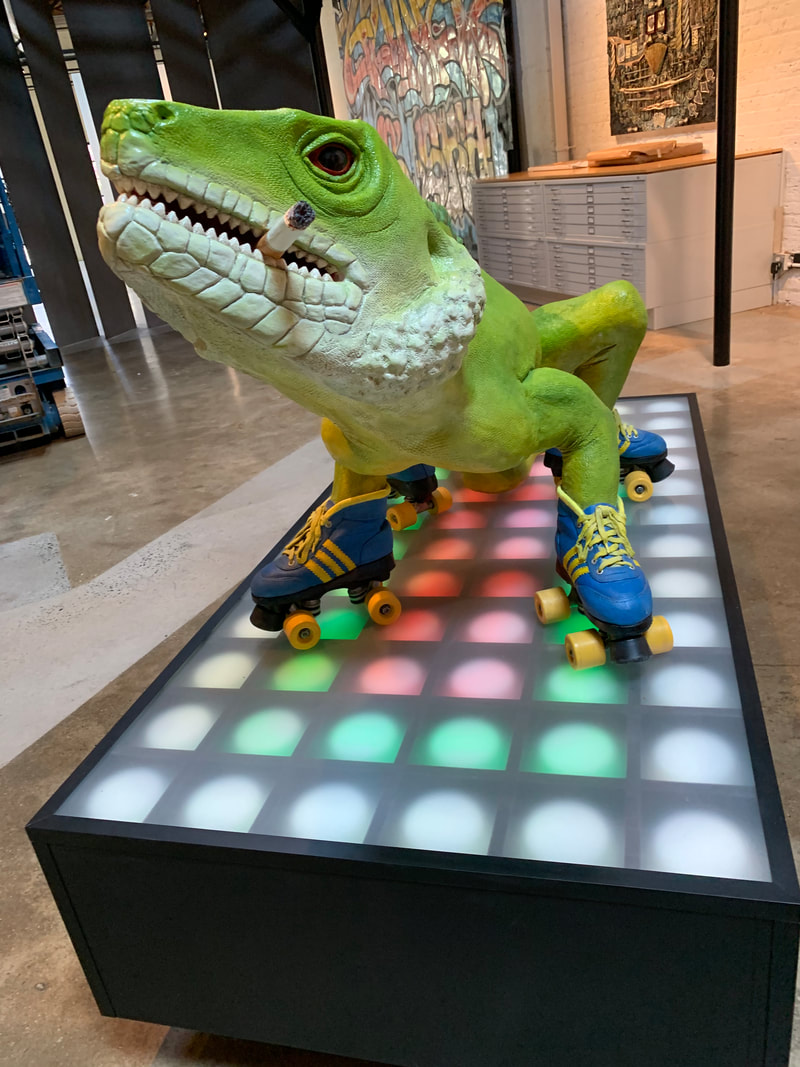
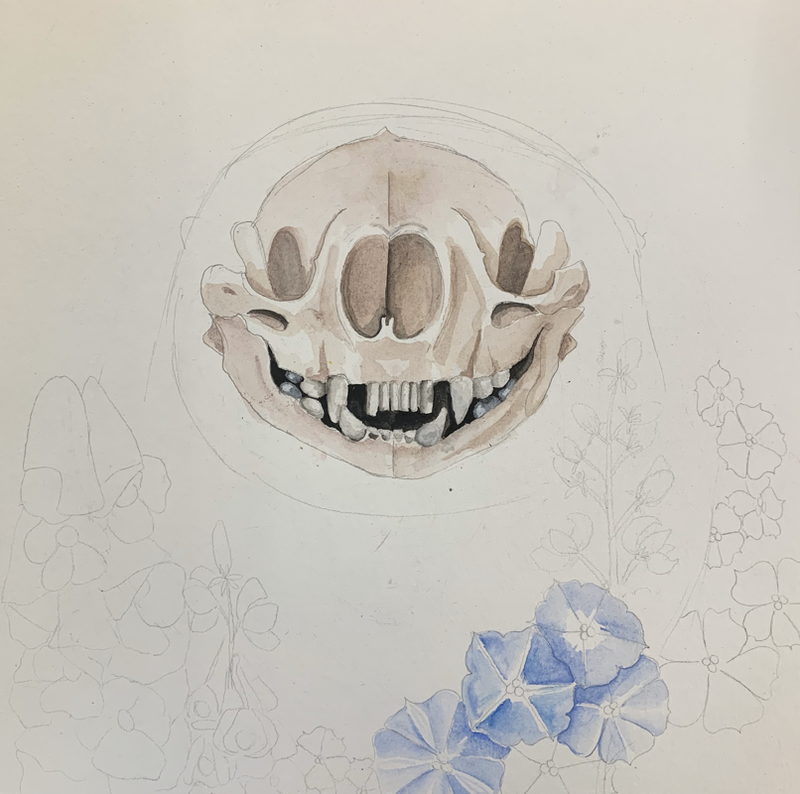
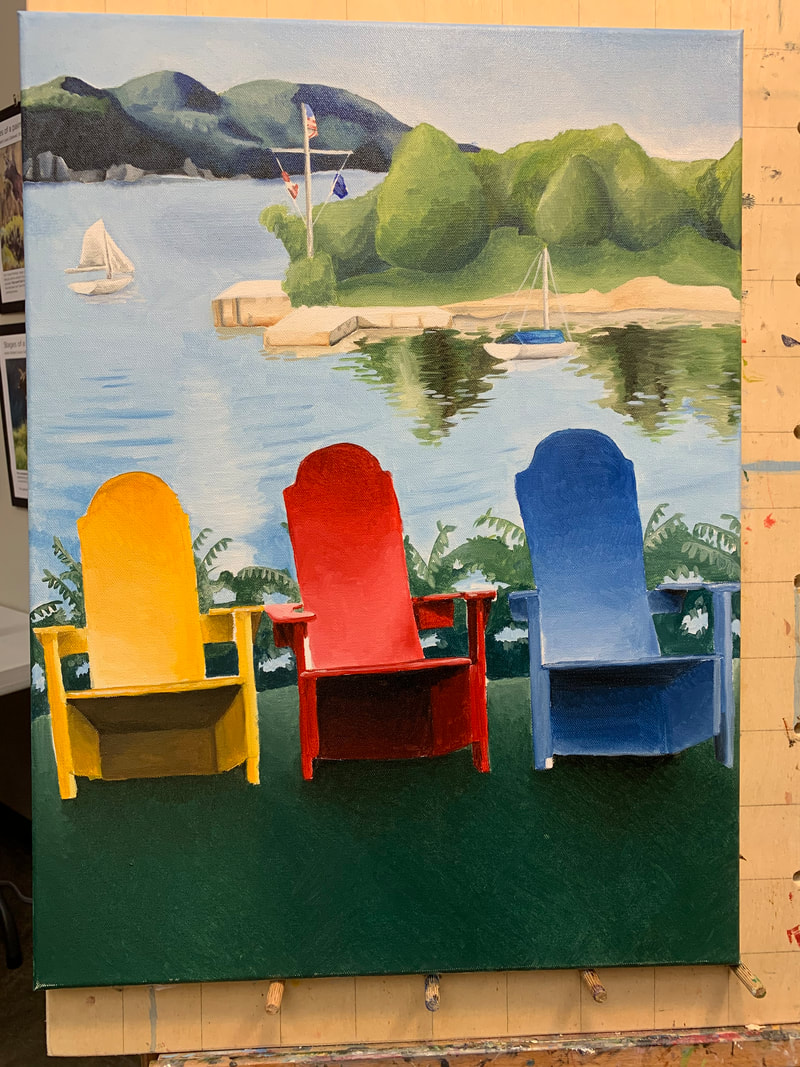
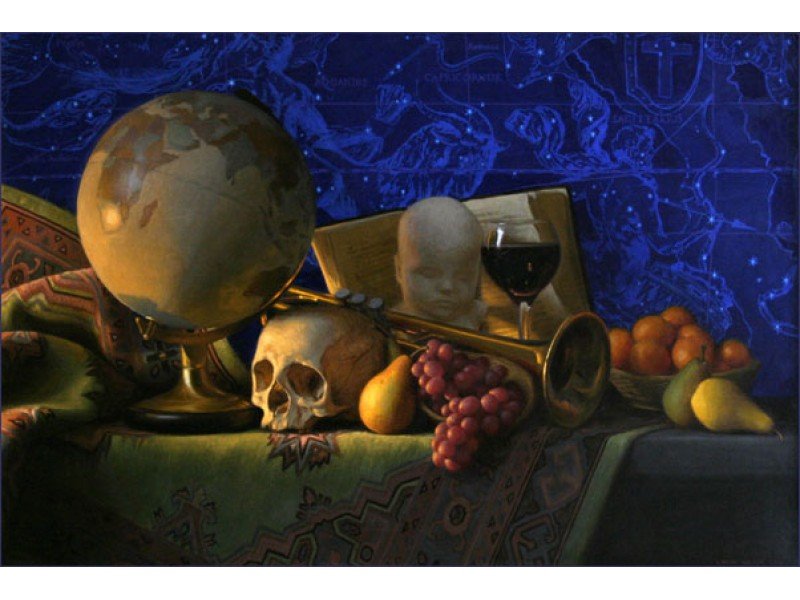
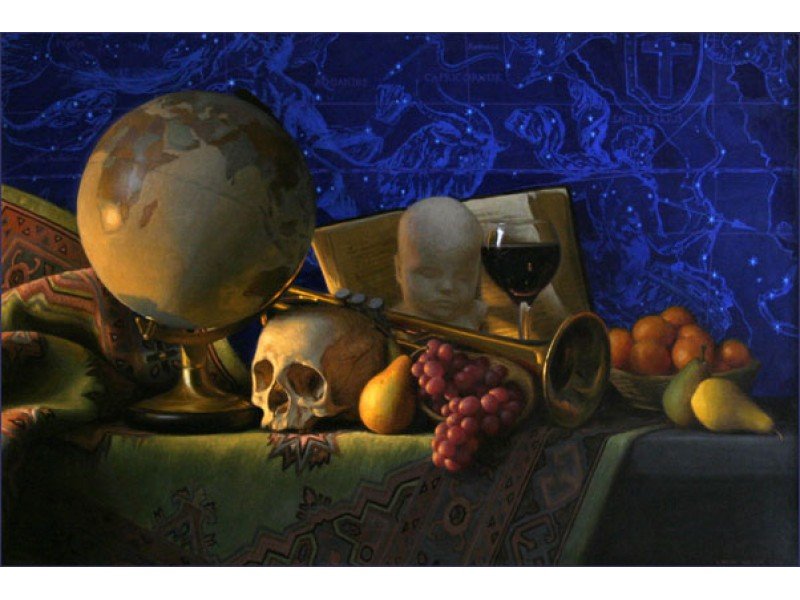
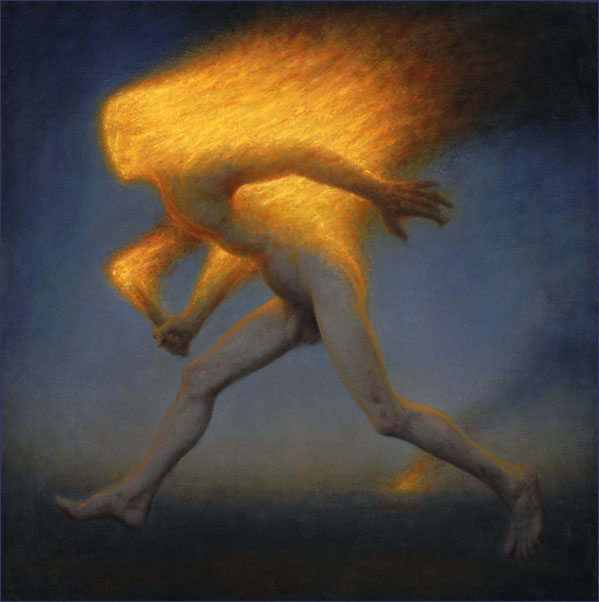
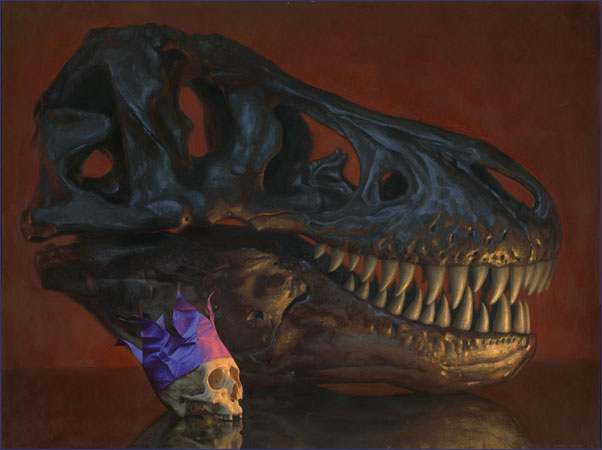
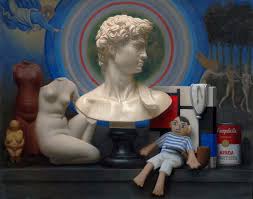

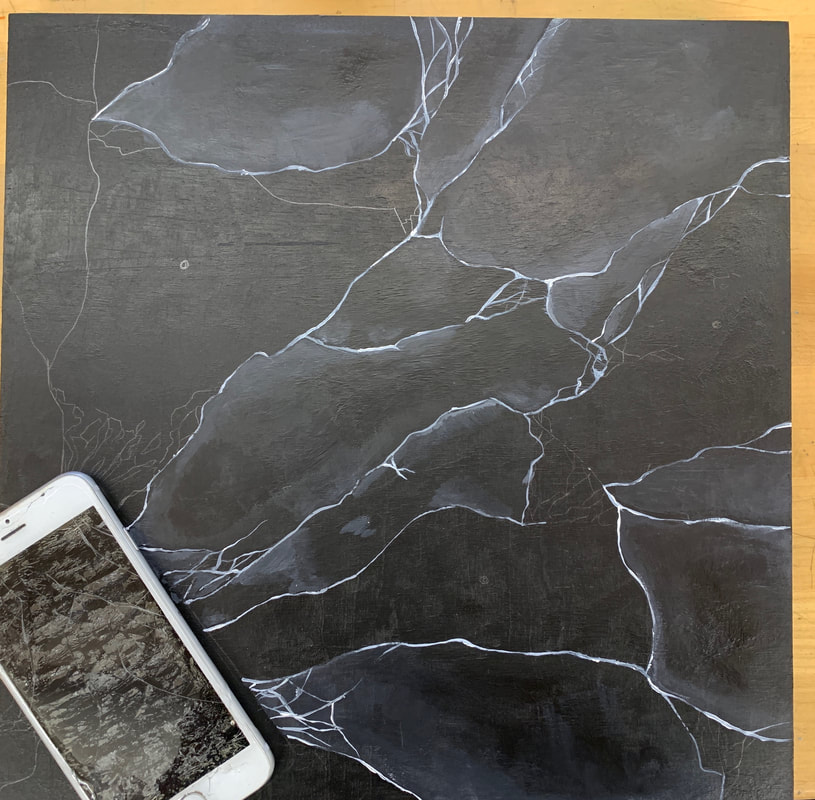
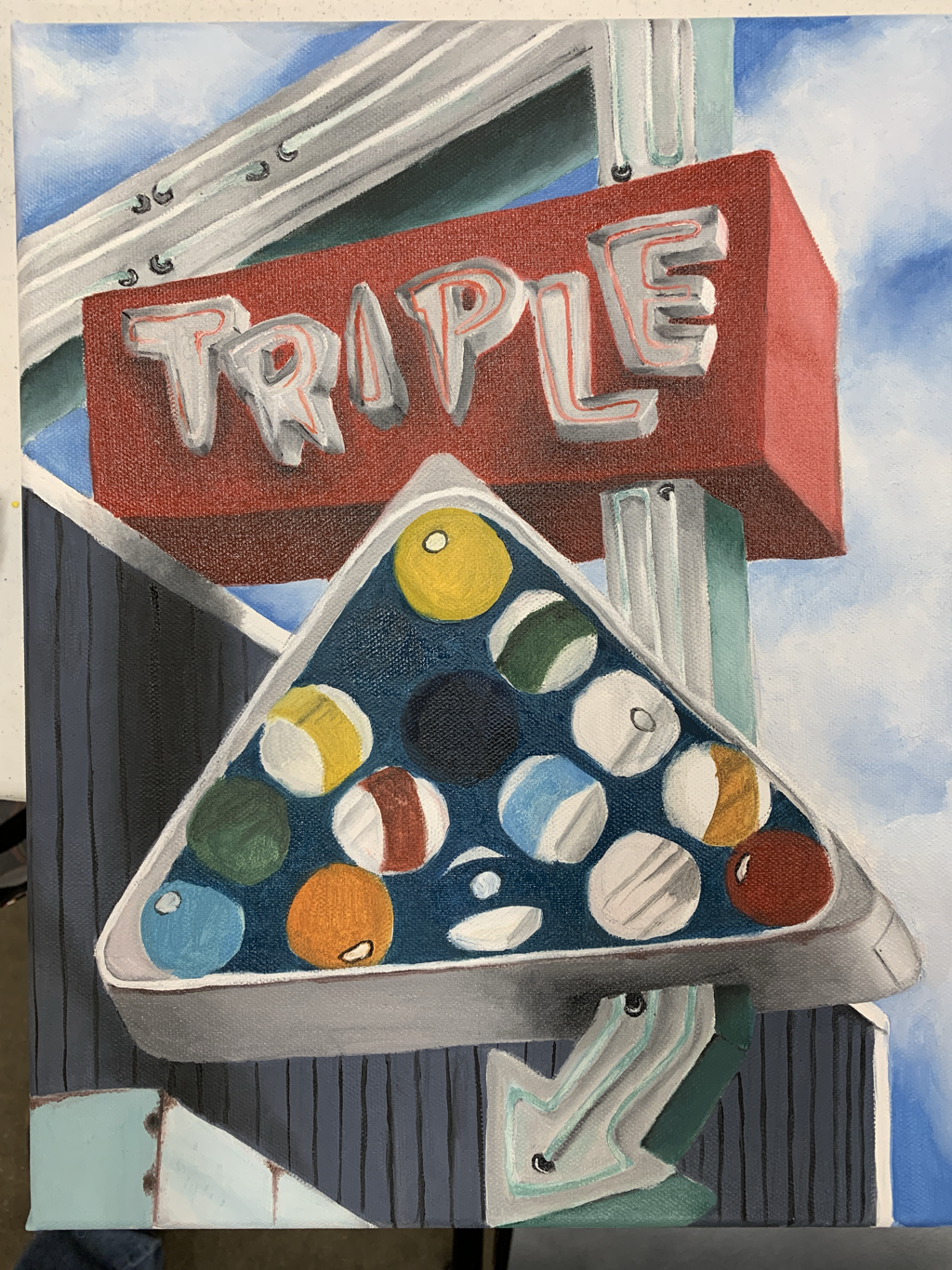
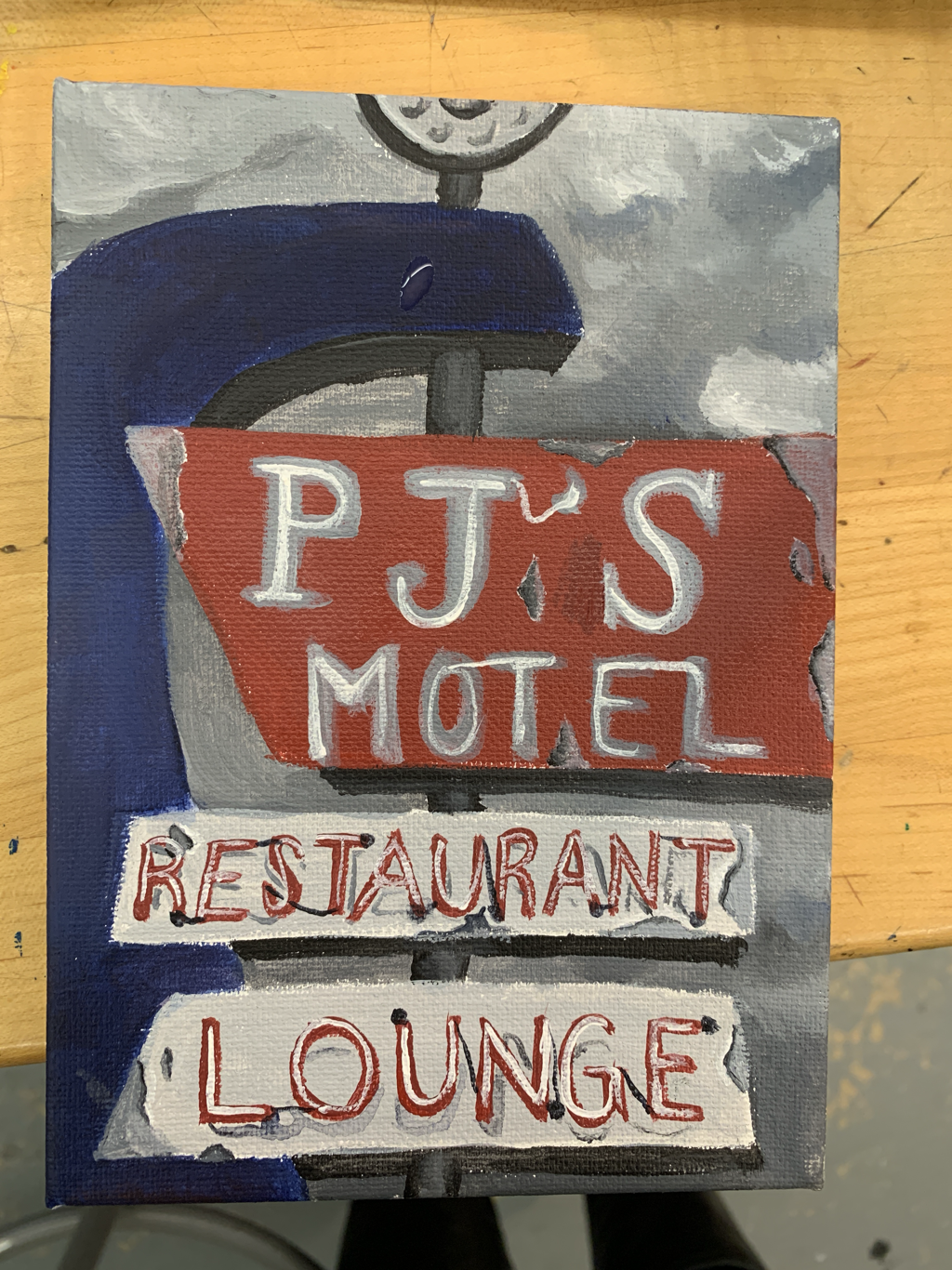

 RSS Feed
RSS Feed
